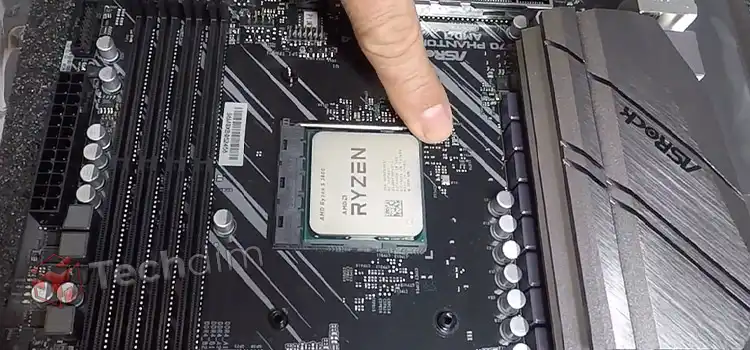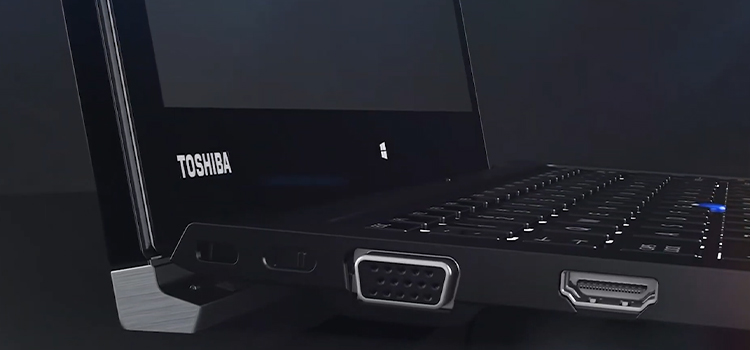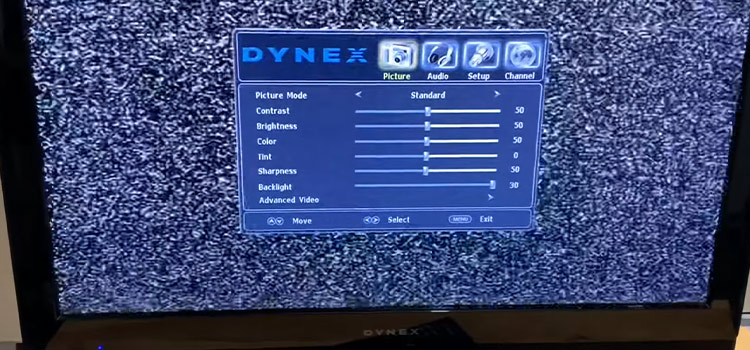Speccy CPU Temp High | Temp Reading From Speccy
Although you should not rule out the possibility of overheating, it is most likely that your CPU is not playing nicely with Speccy. In other words, Speccy seems to misread CPU temps in some cases, like when used with an AMD CPU or the TJMAX is unconventionally unique.
So, you should check the CPU temp using another third-party software like Ryzen Master or HWiNFO. If they show a typical value, there’s nothing much you should worry about. Otherwise, you will be better off consulting a professional.

Speccy CPU Temp High
Speccy is more likely to provide high CPU temp readings if your pc runs on an AMD CPU. Besides, the temp seems to fluctuate quite a lot, which indicates that a Ryzen and Speccy combo is not so reliable after all. Most interestingly, it manages to pull off showing stuff like serial numbers or drive temps pretty well.

But when it comes to CPU temps, Speccy does not tend to get along. Unfortunately, it has almost always been like that, presumably because of ignorance from Piriform, the manufacturer of Speccy. Note that they have pushed minor updates after the release of the 2×00 series, but the issue persists to date.
On the other hand, alternatives like Core Temp had the same problem that eventually got fixed. From Ver 1.12.1 onwards, Core Temp can show correct CPU temp readings for most AMD CPUs.
As per our testing on an AMD Ryzen 7 Pinnacle Ridge, Speccy claimed the idle CPU temp to be around 92°C. In contrast, the reading on the same machine was 33°C from Core Temp.
Oddly enough, the Fahrenheit equivalent of 33°C is 91.4°. So, initially, it looks like Speccy gave the values in Fahrenheit, which does not seem logical either. That is because the readings came out accurate when tested with a different CPU.
Is Speccy CPU Temp Accurate?
CPU temp readings from Speccy can be a hit or miss, although it is pretty reliable for other hardware interpretations. So, it won’t be wise to conclude anything wrong with your CPU based on its readings only.
You can always test Speccy’s accuracy by comparing it to similar software like Ryzen Master, HWiNFO, RealTemp, or Hardware Monitor. If any two of them show identical values that contradict Speccy, then Speccy is the one you should disbelieve.


Other than that, checking in the BIOS is a free alternative to see if your CPU temp is as high as Speccy claims. However, this method applies to checking the idle CPU temp only. So there’s that.
Why Is My CPU Temp Going So High?
If your CPU temp curve shows no signs to go downwards, it is not all Speccy’s fault. No third-party temperature readings will be 100% accurate right off the bat. And that is because they do the math based on the TJMAX of your CPU, GPU, or motherboard. TJMAX is the thermal threshold for such components, beyond which they either stop working or start to throttle.
But the CPU does not tell its temperature directly but through the difference from its TJMAX. Unfortunately, each CPU model will have a different TJMAX from the others, causing programs like Speccy to get baffled.
For instance, the TJMAX for Intel Core i5-9500 is 100°C, meaning the CPU temp should stay well within the 70° to 80°C range. On the contrary, a Ryzen 5 2600X has to run at around the 65-75° mark, for its Max Temp (TJMAX equivalent) is 95°C.
What Is a Dangerously High CPU Temp?
CPU temperatures can vary depending on the current state of the processor.
When Idle
When the computer has just booted up with minimal background processes running, the CPU is considered idle. At this state, a CPU temp of 30-40°C is what you should expect. Consider anything beyond that as dangerous.
When Under Heavy Load
Regardless of the manufacturer, the CPU core temperature is not alarming if it stays below 90°C when running intensive tasks. That is, however, a more generalized value. If you want a rather precise value, take the TJMAX of your CPU and deduct 20-30°C from it. The resultant will be the upper limit.
How Do I Lower My CPU Temperature?
If the readings from Speccy match with that of other similar programs, chances are your CPU is overheating. However, it has probably throttled down its performance to avoid damage. So, you can try these tweaks before considering a repair job.
- Find out programs that are causing a high CPU usage and terminate them.
- Blow out the dust from your motherboard and CPU.
- Reseat the heatsink.
- Try checking for virus or malware attacks.
- Add more fans or replace the existing ones.
Bottom Line
High CPU temp reading from Speccy is a matter of concern, but only when you know that the readings aren’t inaccurate. With that said, double-checking with other programs is a must before drawing any conclusion. Also, using the BIOS menu to see the idle CPU temp is something we recommend for better assurance.
Subscribe to our newsletter
& plug into
the world of technology





